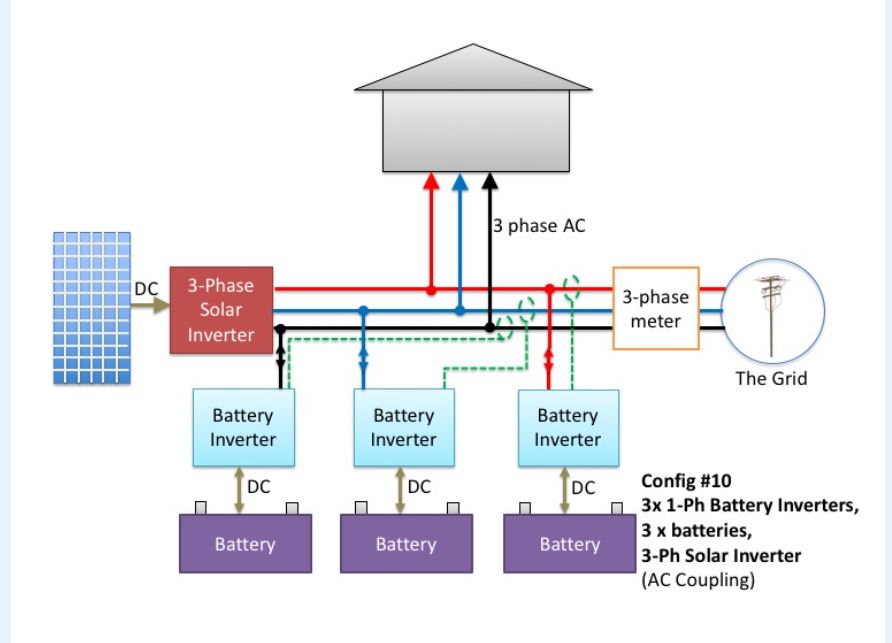Hi, I need a solution to the following. I believe that it can be achieved with MultiPlus-IIs but need some help with what else we are going to need. The diagram of what we are looking to achieve is:

Right; regarding sizing we have the following:
- 53kw of installed PV with 2 x 3 phase inverters.
- Overnight loading of about 9kw / hour
- Peak consumption of about 40kw
- Daily consumption of about 250 kWh
What I need to know from you experts is what equipment we need to install for the ESS. Size of the MultiPlus-II units, number of batteries and size etc.
Any help would be appreciated. If there are any installers in the East Anglia region, UK would like to get hold of me please drop me a note on here.
Regards, Chris White.
